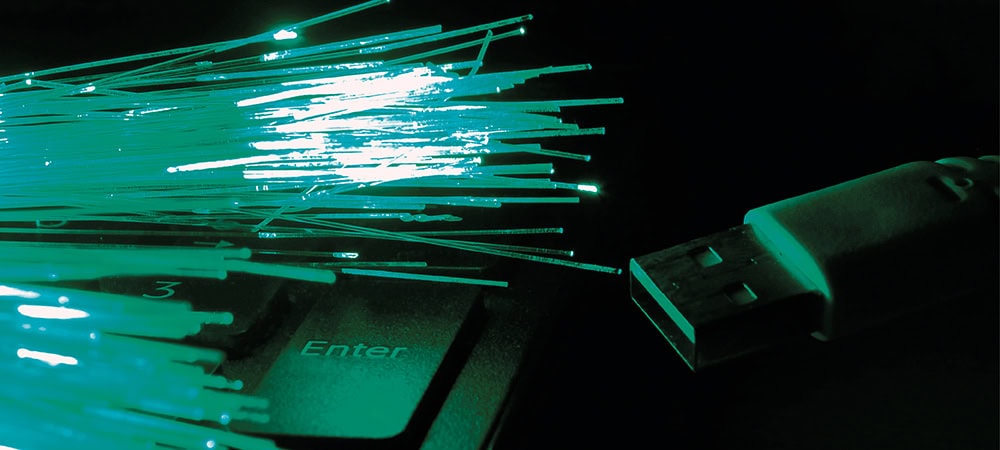Distributed, Software Defined or Hyperconverged Computing


Whereas just a few years ago even a mid-sized company needed huge hardware racks, today it can get by with a fraction of the space required - and with enormously increasing data volumes.
High-availability and high-performance hardware is still the basis of the data center - but it is the software that drives the future. As a software provider, SAP has also long recognized this.
Because today, companies and end users get the real efficiency and increase in value creation from the software. They want elastic IT structures that adapt to demand.
This requires flexible, intelligent software at all levels, whether for servers, networks or storage. This requires no more hardware than fits in two height units - also known as 2U - of a rack.
If necessary, another 2U box can simply be added. The software scales accordingly - if it is inflexible in this way, it will either not survive or be adapted.
Global players vs. start-ups
Interestingly, it is not the global players that are bringing new momentum to this market, but small start-ups like Simplivity. They have recognized the power of software and are exploiting the potential.
The big manufacturers are keeping a close eye on the resourceful young companies - and taking them over without further ado if they can strengthen themselves in a meaningful way. For example, VMware bought the network specialist Nicira for $1.26 billion and integrated its solutions into its own product portfolio.
But of course, some leading international companies can also have their say here. SAP has ushered in a new generation of business software, especially with its Hana technology, which puts the issue of hardware in the background.
The new, software-driven in-memory technologies and business analytics systems work with real data from ERP systems and other mission-critical data without transforming it with a lot of hardware into legacy business information warehouse (BW) systems.
Deeper and seamless integration of SAP modules with each other reduces long waiting times between request and result. Software works smarter and in real time with the exact information sources that are or can be relevant to the customer.
SAP In-memory shapes the IT landscape
Today, software distributes hardware capacities, not the other way around - in technical jargon, this is called Distributed, Software Defined or Hyperconverged Computing.
Originally, these methods were used for projects that required a great deal of computing power, such as pharmaceutical research. The concepts have now reached the mass market, breaking down the former silo structures for areas such as storage or servers and intelligently distributing computing resources as needed.
The performance of the hardware is taken for granted, it has become a matter of course, even for demanding projects such as business analytics.
The way in which information sources can be processed and analyzed with SAP is changing the use of hardware enormously. Huge storage units are no longer necessary.
Instead, speed is critical, meaning storage units must be able to read data for in-memory technology once as quickly as possible at startup and back up current transactions for failures.
Today, flash units (see NetApp and EMC) do this very well. For the rest, SAP needs nothing more than commodity servers with a lot of RAM (main memory).
Today's servers are powerful in their own right, but it is in-memory computing and related associated technologies that are bringing servers to bear in horizontally scalable ways.
They are the drivers for efficient company processes and improved business decisions - the large, vertically scalable servers are no longer needed for this in the long term. The path SAP is taking with its cloud strategy is an indication of this.
Software victory
It seems clear that the importance of software is increasing as that of hardware is decreasing. Hardware becomes simpler in principle, it becomes interchangeable as long as performance is assured.
Software, on the other hand, is becoming more comprehensive, more agile, and is increasingly taking on a key role. The advantage: Heterogeneous IT landscapes can be used more efficiently and uniformly through the use of intelligent software.
This saves resources and time, because unnecessary wastage of resources through redundancies and superfluous acquisitions are avoided. Even if the full potential of the latter is far from being exhausted.
It is important to critically examine one's own IT infrastructure today in order to take advantage of opportunities and set the course for a software-driven future. SAP in particular is good for many surprises here.





